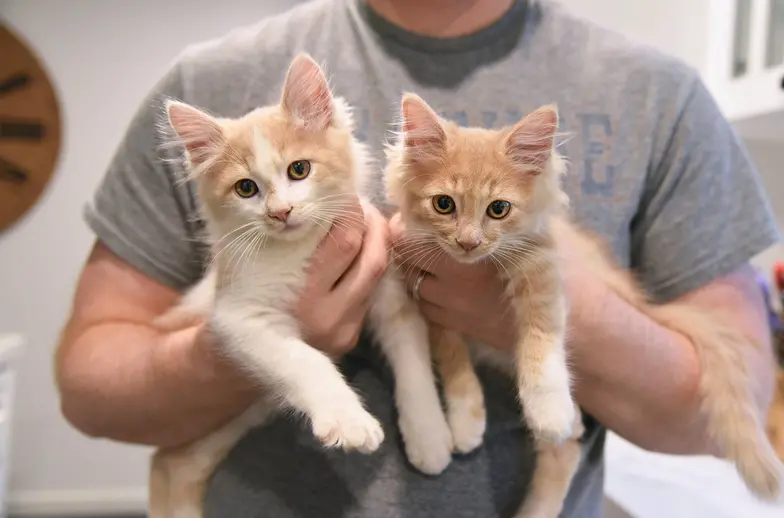Strategies to Increase Kitten Fostering in Communities with High Shelter Intake

Each year, especially during warmer months, shelters see a surge in kittens—more than they can adequately care for. Overcrowded conditions and limited resources make it challenging to meet the needs of these vulnerable animals. That’s why many animal welfare organizations are turning to foster care programs as a vital solution.
To better understand how to grow foster programs, the ASPCA research study in Los Angeles County, focusing on 12 zip codes with the highest kitten intake. The goal: identify barriers, motivators, and community perceptions around fostering.
Key Findings
- Many are already helping: 26% had fostered kittens on their own, without formal support.
- Awareness is low: 52% had never fostered nor knew anyone who had; 69% hadn’t seen any foster program marketing.
- Spanish speakers were less likely to encounter foster-related advertising.
- Strong interest exists: ~33% were open to fostering with shelter support, especially those who had already helped kittens independently.
- Top concerns: Time (79%), cost (78%), and space (77%) were the biggest barriers.
- Capacity exists: Interested participants could meet 5–7 out of 10 common fostering requirements; even some could bottle feed every 2–5 hours.
- Major hurdles: Nearly half couldn’t attend online trainings or keep kittens for at least a week.
“The most helpful finding was that the community has already been providing care for kittens on their own. With extra support from animal welfare organizations, we can strengthen what’s already working.”
What This Means
The research findings show a real opportunity to build on existing community efforts. Many residents, especially in Hispanic/Latinx communities, already care for kittens informally. By providing tailored support and better outreach (especially in Spanish), shelters can tap into a willing and capable base of foster caregivers.
Despite more than 9,000 kittens going through ASPCA's LA Kitten Foster Program since 2016, most foster families don’t live in the communities where the kittens are found. To close this gap, here are five essential strategies to engage and support kitten fosters.
5 Ways to Support Community-Based Kitten Fosters
1. Support What’s Already Working
Many residents are already helping kittens—feeding them, caring for them, and even finding them homes. Recognize and strengthen the work that’s already happening. Offer practical support like medical care (especially spay/neuter), food, and supplies rather than replacing their efforts.
2. Keep Kittens in the Community
When kittens stay where they're found, there's a better chance to locate and spay their mother—breaking the cycle of overpopulation. Instead of formal recruitment, try asking: “Would you be willing to keep helping the kittens you’re already helping?”
3. Create (Don’t Just Translate) Bilingual & Language Inclusive Materials
Direct translations can miss the mark. Terms like "foster" don’t always have clear equivalents. Instead, develop culturally relevant materials from the start to clearly explain what fostering involves and reflect the way the community already talks about helping animals.
4. Be Flexible
Not everyone can meet traditional fostering requirements. Some may not be available for long-term care or online training—but that doesn’t mean they can’t help.
Examples:
- Short-term care (just a few days)
- Monitoring mom and kittens outdoors
- Sharing adoptable kittens with their networks
Adapt roles to what each person can realistically provide.
5. Build Trust First
Trust local caregivers and offer help without judgment. You can assess and guide as relationships grow.
By working with—not around—existing caregivers, organizations can expand foster programs in meaningful, sustainable ways.
We have lots more on this subject:
